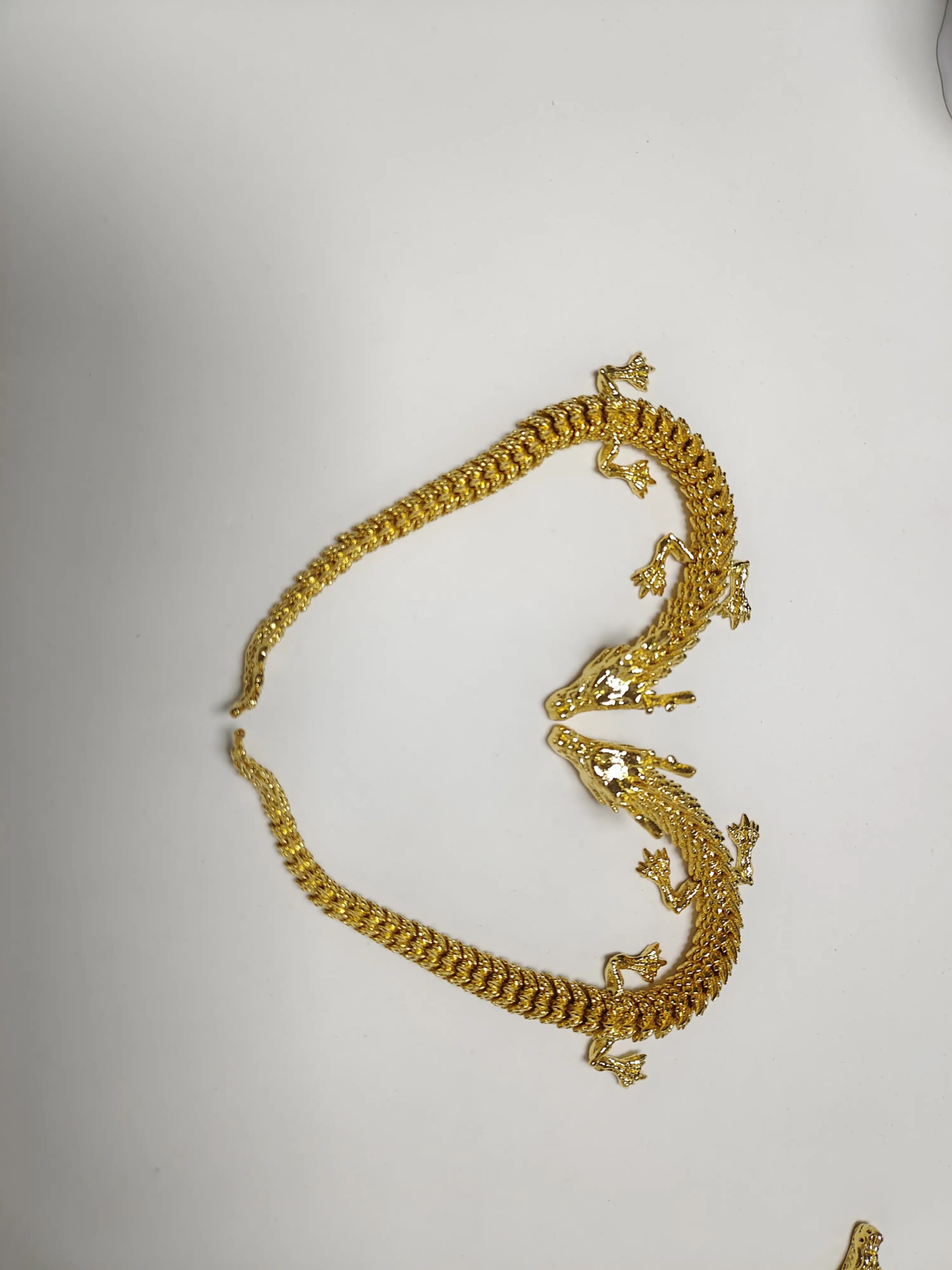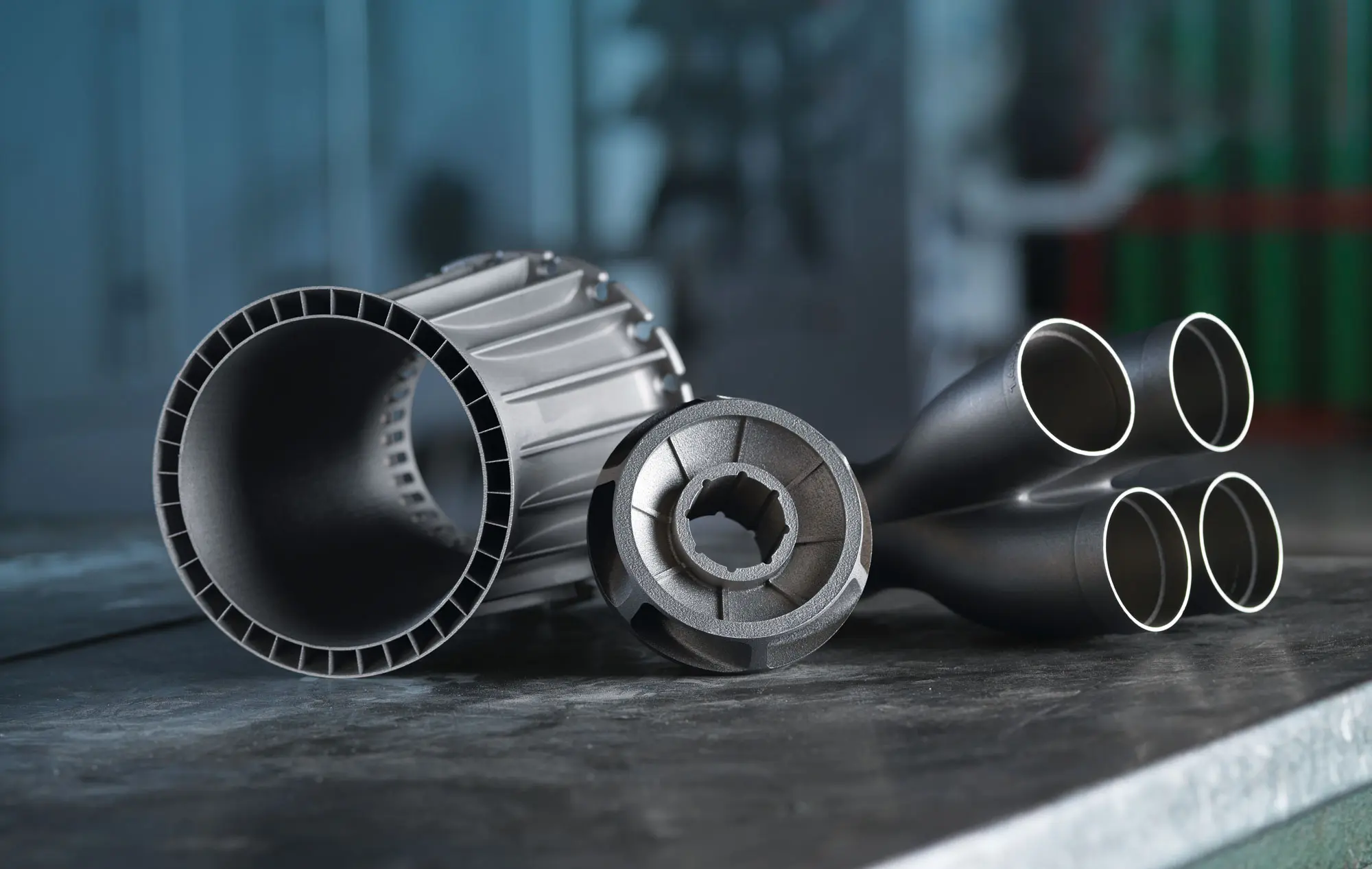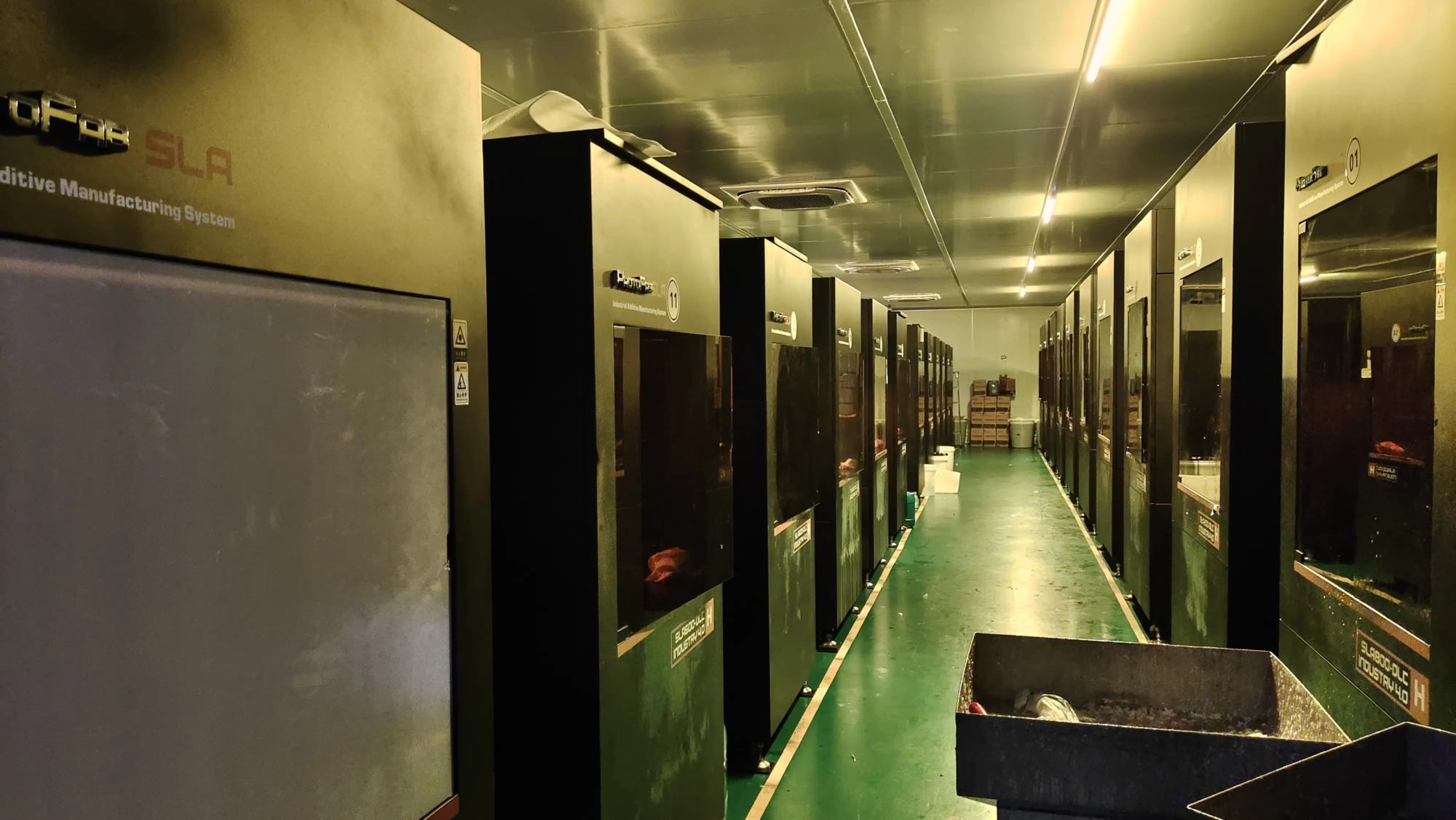3D Printing Clarinet Revolution: Reshaping the Future of Wind Instruments
Clarinet design and manufacturing have remained unchanged for centuries, rooted in traditional woodworking and precision metal casting. Making professional-grade tools involves time-consuming technology, huge labor and high material costs, inherently limiting accessibility and customization. However, the emergence of advanced additive manufacturing or 3D printing is fundamentally a challenge to the status quo, bringing revolution to this much-loved woodwind instrument.
This revolution is not about replacing the affectionate voice of the wooden clarinet overnight. Instead, it leverages the unique capabilities of 3D printing to address long-standing challenges, foster innovation and open new avenues for musicians, educators and instrument designers.
How 3D printing changes the clarinet landscape:
Unrivaled design freedom and customization: Due to tool limitations, traditional manufacturing imposes restrictions on the geometry, key shapes and ergonomic features of the inner holes. 3D printing eliminates these obstacles.
- Player-centric Ergonomics: The printer can create keys and bodies tailored to a single player-specific hand, shape, or physical needs. This is revolutionary for musicians with physical challenges such as arthritis or limb differences, and standard instruments are uncomfortable or unusable.
- Acoustic experiments: Designers can quickly prototypify and test complex internal hole shapes, tone hole chimneys and chamber geometries that are impossible or expensive to machine from wood. This accelerates acoustic research and has the potential for new, optimized sound curves.
- Unique aesthetics: In addition to function, 3D printing can also lead to visual design – incorporating complex lattices, translucent parts of resin or personalized engraving directly into the body.
Rapid prototyping and design iteration: It took months or years to play new clarinet designs from concept to traditionally playable prototypes. 3D printing has greatly reduced this timeline.
- Designers can create and test physical models in days or even hours.
- Iterations based on acoustic testing or player feedback are fast and inexpensive, thus facilitating a highly dynamic design environment. This fast cycle is crucial for refining the complex internal structure that is essential to sound.
Improve accessibility for beginners and education:
- Reduce costs: Despite the presence of high-end professional 3D printed clarinets, the technology provides a way to significantly reduce the cost of entry-level tools. Printed resin or polymer bodies, combined with traditional or simplified key mechanisms, can create durable, practical student instruments in a fraction of the cost of wood or advanced ABS.
- Durability: Plastic printed clarinets are incredibly resistant to cracks caused by humidity changes, which is the main vulnerability of wooden clarinets, especially for students of different climates. This reduces maintenance costs and increases the life of the instrument.
- Repairability: Broken printed parts, such as bells or buckets, can be easily copied, extending the service life of the instrument without expensive expert repairs.
- Material innovation and hybrid design:
- Different polymers: Materials such as durable resins (photopolymers), nylon and advanced sound engineering silk have different sound characteristics and physical properties.
- Metal Printing Revolution (SLM): Selective laser melting (SLM) technology can print complex metal clarinet assemblies directly from metal powders such as titanium, stainless steel or specialized alloys. This is transformative for key work.
- Lightweight, complex key: SLM can produce bonds with internal lattice structures to achieve strength while minimizing weight for improved ergonomics and faster action.
- Comprehensive mechanism: Printing the entire critical mechanism as a single, highly accurate component reduces assembly time, minimizes mechanical performance and improves durability. Complex springs or hinges, impractically cast, become feasible.
- Mixing instruments: The future lies in combining materials: SLM-printed metal bonded products, mounted on 3D printed polymers and even traditionally made wood/composites, maximizing the benefits of both technologies.
Solve the Challenge:
Revolution is not without obstacles:
- Material characteristics: Replicating the subtle resonant quality and reactivity of a stale Grenadilla wood remains a major challenge. The printer continues to develop materials with better acoustic properties, but Wood retains unique sound signatures that many players cherish.
- Surface finishes and adjustments: To achieve the smooth, ventilated internal hole surface of traditionally manufactured clarinets, a large amount of post-treatment of printed parts is required. Accurate adjustment of the sound hole also requires careful completion.
- Perception and tradition: Many professional players and institutions are still deeply rooted in tradition. Overcoming skepticism and demonstrating the performance potential of high-end 3D printing instruments requires proven results and time.
- Scalability and cost (high-end): While prototyping is fast, complex metal parts using professional instruments using SLM are still more expensive in scale, although the gap is rapidly narrowing.
The role of advanced prototype partners:
The complex engineering and materials science required to navigate functional instruments requires expertise. Here, dedicated rapid prototyping manufacturers are key. The company likes it Great This ability is illustrated by example. Equipped with the latest Selective laser melting (SLM) Printer and comprehensive Post-processing technologyGreatlight specializes in solving complex metal rapid prototyping challenges. Their expertise extends to custom materials, precise machining, surface finishes, and offers One-stop post-processing service. For instrument designers, the boundaries between clarinet acoustics and key mechanisms can be pushed, and in collaboration with such companies, it can achieve:
- Making complex metal components with incredible speed and accuracy.
- Visit advanced materials and engineering consultation.
- Ensure that the key parts meet the stringent requirements of music performance – tone, airtightness and durability.
- Effectively transforming from design concepts to functional, testable components of body experiments and complex key mechanisms.
Conclusion: The evolving symphony
The clarinet revolution in 3D printing is not about replacing tradition, but about enhancing and developing it. It democratizes access to a player that can play the device, gives designers unprecedented freedom and provides solutions for players with unique needs. While wood may always cherish its specific sound warmth, 3D printing unlocks a future of customization, innovation and flexibility. Those who focus on rapid prototyping, materials science and advanced manufacturing (the boundaries that promote metal printing by Greatlight Offlight) are accelerating this shift. We have witnessed this early movement in the symphony, and potential work is expected to be truly groundbreaking for students, professionals, composers and designers. The sound of clarinet is being printed today.
FAQs (FAQ):
Does a 3D printed clarinet sound as good as a wooden clarinet?
- it depends. The entry-level printed resin clarinet is designed for student use and durability; their tone is functional, but is usually not matched with professional wooden instruments. However, high-end 3D printing models (using optimized materials/designs, sometimes hybridizing to wood or metals) are proving that competitiveness is becoming increasingly competitive. Materials science is actively developing in this field.
Are 3D printed clarinets much cheaper?
- Yes, mainly at the beginner level. Mass production of plastic/resin bodies can significantly reduce costs compared to wood or high-grade plastic injection molding. High-end professional 3D printing models, especially those using SLM metal components, are still expensive due to advanced materials, printing complexity and post-processing.
What is made of 3D printed clarinet?
- Body: Most commonly, durable photopolymer resins or engineered thermoplastics (such as ABS, PLA or specialized nylon mixtures).
- Keypiece: On student models, it is usually traditional ABS or injection metal. On advanced prototype/Pro instruments, SLM-printed metals such as titanium, stainless steel or aluminum alloys are increasingly used to enhance complexity and reduce weight.
- Other parts: Experimental 3D printing was performed using various polymers, but it was still a clear challenge.
Are they durable?
- Plastic/resin body: Compared to wood, it is highly resistant to cracking of humidity/impact. It doesn’t twist under the heat like cheap abs, but can scratch or break under huge force. Ideal for student/outdoor use.
- SLM metal bonds: Due to the free design, it is extremely durable and dimensionally stable, and is usually more powerful than traditional casting bonds.
Can I customize my own 3D printed clarinet?
- Absolutely! This is one of the main advantages. Customization can range from ergonomic adjustments to critical positioning for comfort, to unique aesthetic designs (colors, prints, patterns), and even experimental acoustic modifications for advanced users. Professional manufacturers or prototype services facilitate this.
How does metal 3D printing (SLM) benefit clarinets?
- Completely changed the key: By casting it is impossible, it can be lightweight and strong, with a complex internal structure. Enable comprehensive mechanisms to reduce assembly points and improve motion feel.
- accurate: Achieving extremely high dimensional accuracy is crucial for sealing and smooth movement.
- Material flexibility: Access multiple metals (weight, strength, resonance) for specific properties.
- Rapid prototyping: Accelerate the design cycle of critical mechanical components.
- (Working with advanced SLM experts can ensure that these complex parts meet the high performance needs of the instrument).
- Where can I get a 3D printed clarinet or part?
- Several startups and research labs specialize in 3D printed air meter (search online). Some traditional music retailers are starting to stock student-level models. Used for custom designs, experimental parts or high-end prototypes, working directly with a dedicated instrument designer or prototype manufacturer Customized rapid prototyping service It is usually necessary. For advanced metal components, please contact SLM technical expertise and precise post-processing capabilities.





